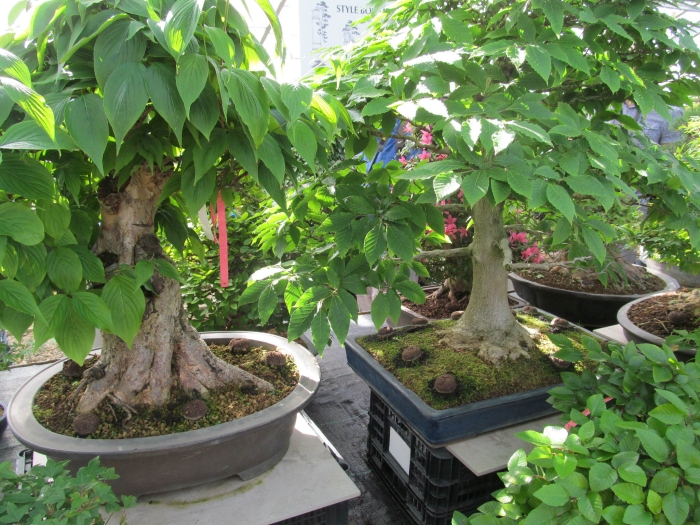Turczaninow’s Hornbeam
(Carpinus turczaninovii)
Turczaninow’s Hornbeam (Carpinus turczaninovii)
/
/

© Alex Sosnovshchenko
CC BY 4.0
Image By:
© Alex Sosnovshchenko
Recorded By:
Copyright:
CC BY 4.0
Copyright Notice:
Photo by: © Alex Sosnovshchenko | License Type: CC BY 4.0 | License URL: http://creativecommons.org/licenses/by/4.0/ | Uploader: alex_sosn | Publisher: iNaturalist |

























Estimated Native Range
Summary
Carpinus turczaninovii, commonly known as Turczaninow’s Hornbeam or Korean Hornbeam, is a deciduous small tree or large shrub native to forested areas and mountain slopes in central China, the Korean Peninsula, and central and southern Japan. It typically grows to a height of 16 to 20 feet and is about 75% as wide, with a rounded habit and dense foliage. The leaves are ovate to lanceolate with doubly serrate margins, turning yellow in the fall. This species is not commonly known for showy flowers, but it does produce catkins followed by small nutlets that are of interest to wildlife.
Turczaninow’s Hornbeam is valued for its attractive form, ease of maintenance, and ability to withstand heavy pruning, making it suitable for use as a hedge or in topiary. It is also planted as a specimen in gardens for its attractive foliage and graceful appearance. This hornbeam prefers full sun to partial shade and grows best in moist, well-drained soils. It is hardy to USDA zone 5b, indicating good cold tolerance. While it is not commonly afflicted by serious pests or diseases, it can occasionally suffer from leaf spot or canker. It is not known to be invasive and is considered a low-maintenance choice for gardeners looking for a reliable woody plant.CC BY-SA 4.0
Turczaninow’s Hornbeam is valued for its attractive form, ease of maintenance, and ability to withstand heavy pruning, making it suitable for use as a hedge or in topiary. It is also planted as a specimen in gardens for its attractive foliage and graceful appearance. This hornbeam prefers full sun to partial shade and grows best in moist, well-drained soils. It is hardy to USDA zone 5b, indicating good cold tolerance. While it is not commonly afflicted by serious pests or diseases, it can occasionally suffer from leaf spot or canker. It is not known to be invasive and is considered a low-maintenance choice for gardeners looking for a reliable woody plant.CC BY-SA 4.0
Plant Description
- Plant Type: Shrub, Tree
- Height: 15-20 feet
- Width: 12-15 feet
- Growth Rate: Slow
- Flower Color: Yellow
- Flowering Season: Spring
- Leaf Retention: Deciduous
Growth Requirements
- Sun: Full Sun
- Water: Medium
- Drainage: Medium
Common Uses
Hedges, Low Maintenance
Natural Habitat
Forested areas and mountain slopes in central China, the Korean Peninsula, and central and southern Japan
Other Names
Common Names: E Er Li, Hornbeam, Iwa-Shide, Ko-Shide
Scientific Names: , Carpinus turczaninovii, Carpinus chowii, Carpinus coreana, Carpinus coreana var. major, Carpinus paxii, Carpinus stipulata, Carpinus tanakaeana, Carpinus turczaninovii f. coreana, Carpinus turczaninovii var. chungnanensis
GBIF Accepted Name: